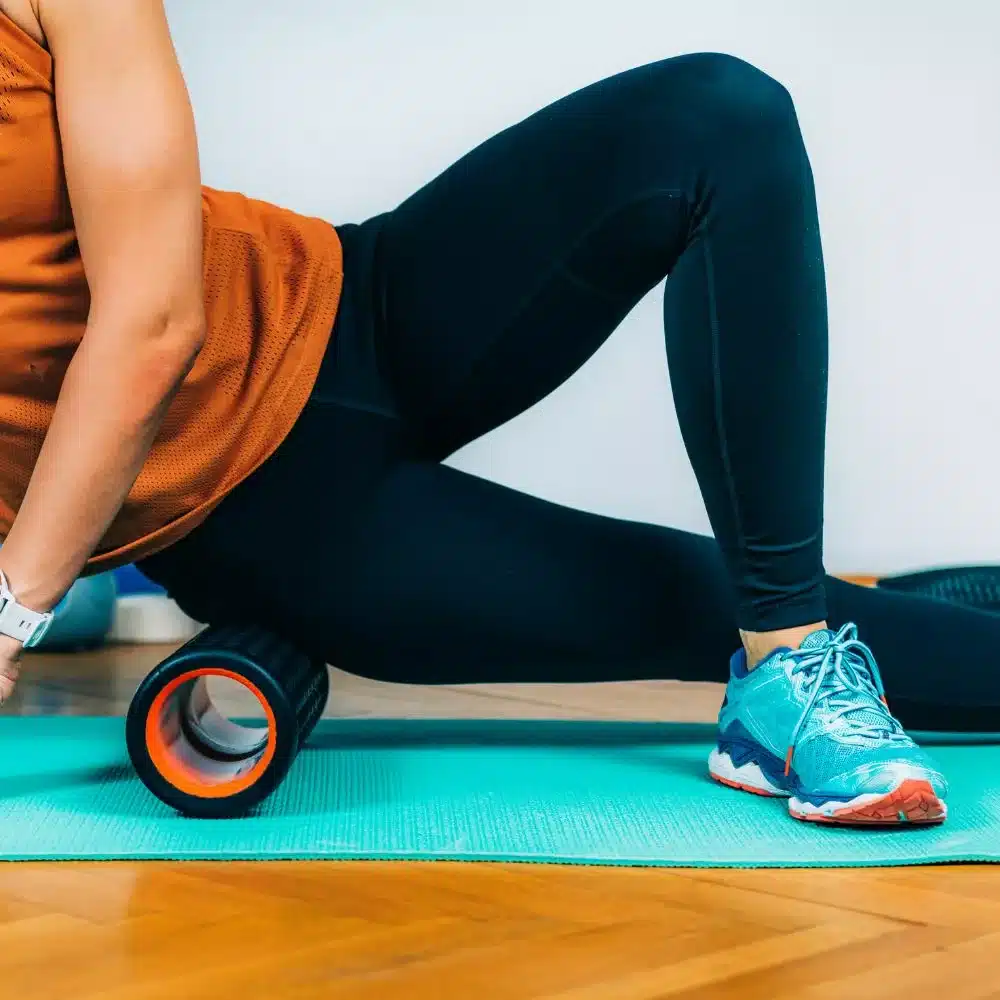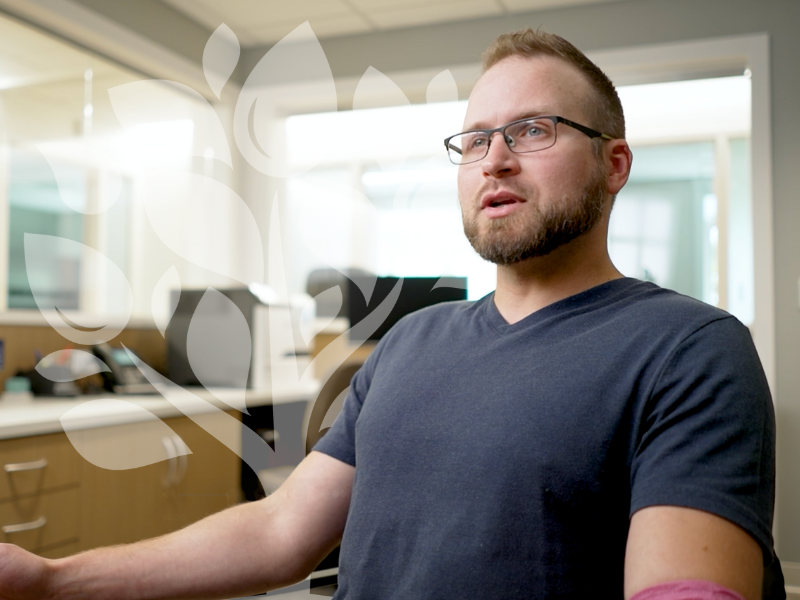Foam rolling is a type of self massage (myofascial release) that uses a device to provide direct compression that helps release tension in the muscles, relieve muscle soreness and improve flexibility and range of motion.
There are three main types of foam rollers: smoother, trigger point and vibrating. A smooth roller is usually gentle and works better if you’re newer to self myofascial release. But even if you opt for a “softer” smoother roller, there will still be some discomfort at first.
Is foam rolling better than stretching? Static stretching pre and post workout may help lengthen muscles and improve flexibility. Foam rolling also does this, but it can also target and relieve tension in the superficial layer of your body. Studies show that the foam rolling combined with static stretching can lead to the most improvements in flexibility.
It is suggested to foam roll ever day, just like stretching, in order to prevent injury, increase blood flow and relax tight muscles. When foam rolling, you should stay on the tender spot at least 30 seconds or until you feel it loosen or become less tense. Otherwise, it is advised to roll 1-5 minutes in each section of the muscle group. Avoid rolling over bony areas.
Patients with a bleeding disorder need to use caution when foam rolling to not roll over the active bleeding area. You may gently roll over muscle groups above or below the affected area after the bleeding is controlled. If you have questions regarding foam rolling, especially during an active bleed please call HOC to consult with a nurse. Other contraindications with foam rolling are listed below:
- Skin rashes, open wounds, blisters, local tissue inflammation, bruises or tumors
- Osteoporosis
- Bone fracture or Myositis Ossificans
- Acute or severe cardiac, liver or kidney disease
- Neurologic conditions resulting in loss or altered sensations (e.g. Multiple Sclerosis)
- Systemic conditions (e.g. Diabetes)
- Connective tissue disorders
- Medications that thin blood or alter sensations
- Chronic pain conditions
- Pregnancy (consult MD)Extreme discomfort felt by patient
- Deep vein thrombosis
- Cancer or malignancy
- Hypertension
- Acute infection ( viral or bacterial), fever or contagious condition
- Bleeding disorders (consult MD)
- Recent surgery or injury
- Peripheral vascular insufficiency or disease
- Direct pressure over varicose veins
- Drect pressure over face, eyes, arteries, veins or nerves
- Direct pressure over bony regions (lumbar vertebrae)
- Severe scoliosis or spinal deformity




